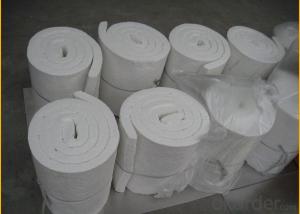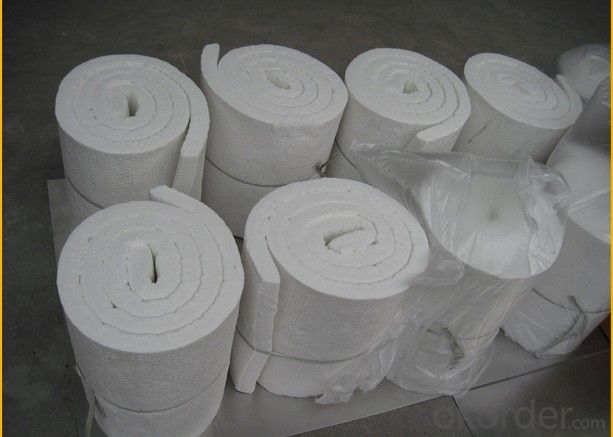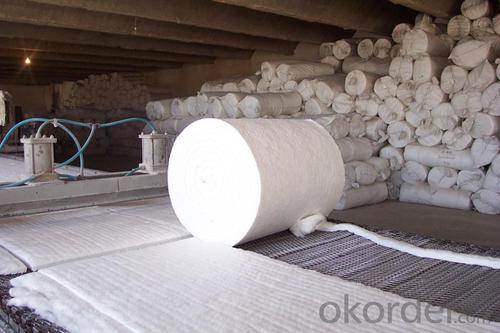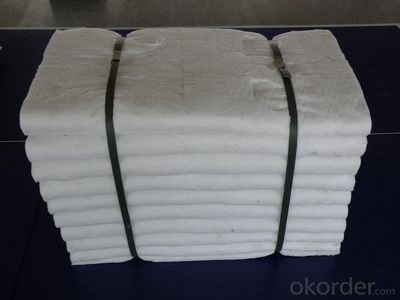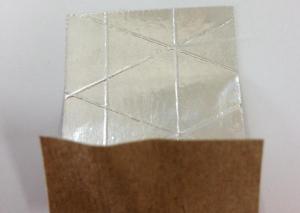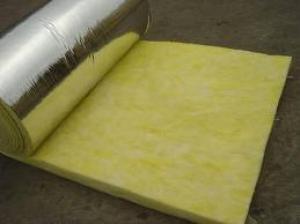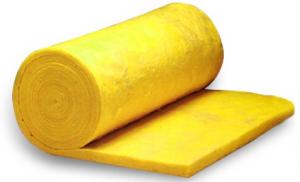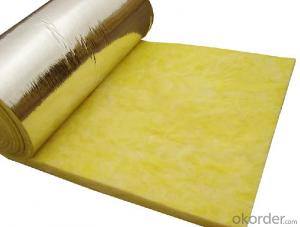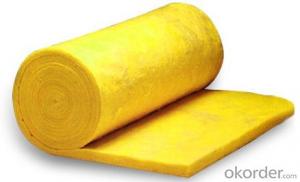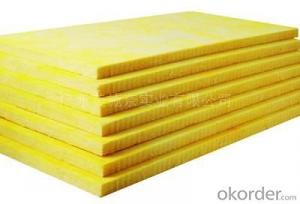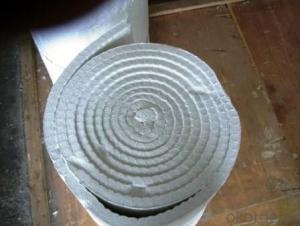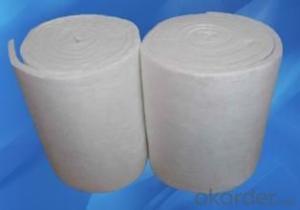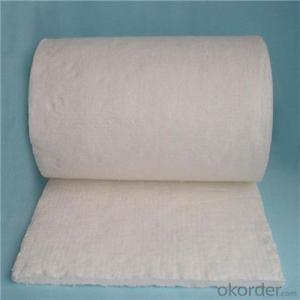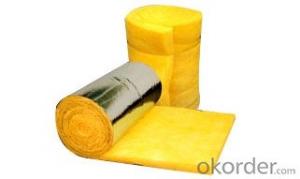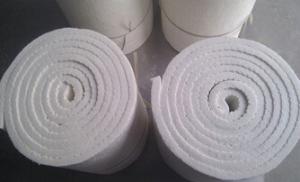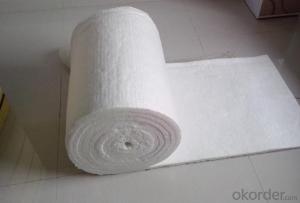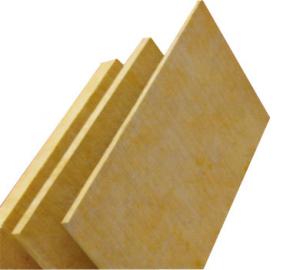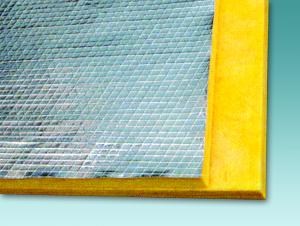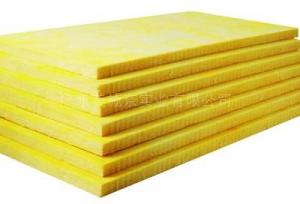Glass Wool Alumina Silicate Insulation Ceramic Fiber Blanket
- Loading Port:
- China main port
- Payment Terms:
- TT OR LC
- Min Order Qty:
- 100 roll
- Supply Capability:
- 5000 roll/month
OKorder Service Pledge
OKorder Financial Service
You Might Also Like
Description:
Laure ceramic fiber blanket is composed of long,flexible,interwoven fibers manufactured by the “blown”and the “spun”process yielding a strong,lightweight yet durable blanket for applications in a temperature range from 1100 c to 1430 c Ceramic fiber blanket has the heat resistance of a hard refractory with five times better insulation value.
Features:
1.Low thermal conductivity
2.Very low heat storage
3.Very high tensile strength
4.Thermal shock resistance
5.Sound absorption
6.Quick repairs.should lining damage occur,furnace can be cooled quickly
7.Contains no binder,no fumes or furnace atmosphere contamination
8.Contains no asbestos
9.No curing or dry out time,lining can be fired to operating temperature immediately
Applications:
Ceramic industry:
1.Kiln car insulation and seals
2.Continuous and batch kilns
Steel industry:
1.Heat treating and annealing furnaces
2.Furnace door linings and seals
3.Soaking pit covers and seals
4.Furnace hot face repairs
5.Reheating furnace and ladle covers
Refining and petrochemical:
1.Reformer and pyrolysis lining
2.Tube seals,gaskets and expansion joints
3.High temperature pipe,duct and turbine insulation Crude oil heater linings
Power generation:
1.Boiler insulation
2.Boiler doors
3.Reusable turbine covers
4.Expansion seals/pipe coverings
Other:
1.Insulation of commercial dryers and ovens
2.Veneer over existing refractory
3.Stress relieving insulation
4.Glass furnace crown protection
5.Fire protection
Technical data:
Item | Common | Standard | H Pure | H Alumina | Zirconium |
AL2O3(%) | 44 | 46 | 47-50 | 52-55 | 39-40 |
Fe2O3(%) | 1.2 | 1.0 | 0.2 | 0.2 | 0.2 |
ZrO2(%) | - | - | - | - | 15-19 |
Classification Temperature (°C) | 1100 | 1260 | 1260 | 1360 | 1430 |
Working Temperature (°C) | 1000 | 1050 | 1100 | 1200 | 1350 |
Density (kg/m3) | 96/128 | 96/128 | 96/128 | 128/160 | 128/160 |
Permanent linear shrinkage(%)(after24 hours,density 128kg/m3) | -4 | -3 | -3 | -3 | -3 |
Tensile strength (Mpa) density128kg/m3) | 0.08-0.12 | 0.08-0.12 | 0.08-0.12 | 0.08-0.12 | 0.08-0.12 |
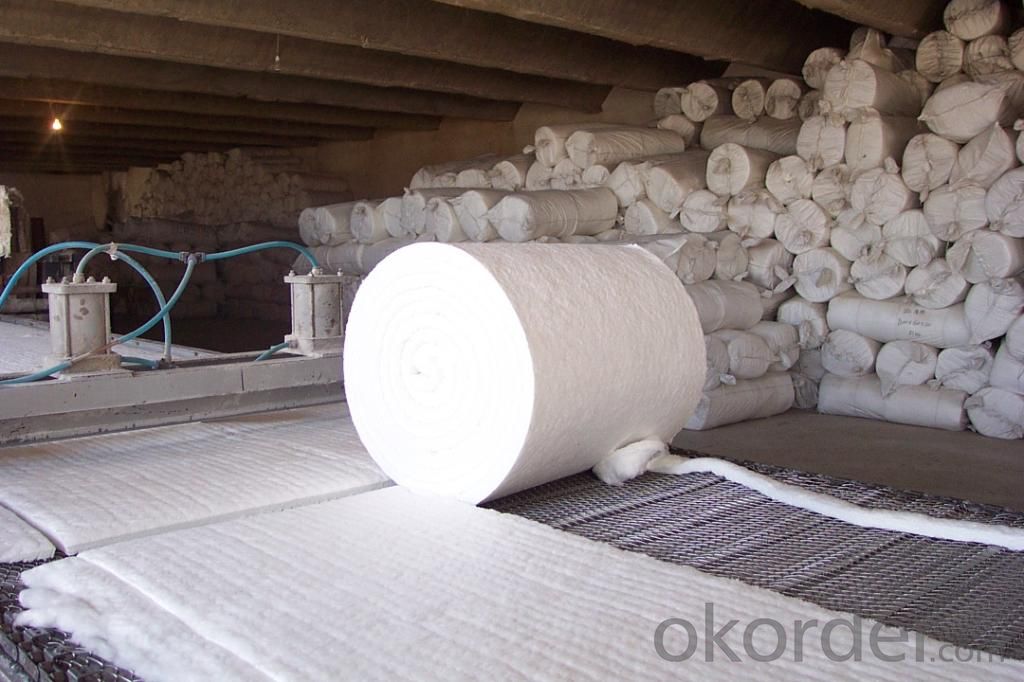
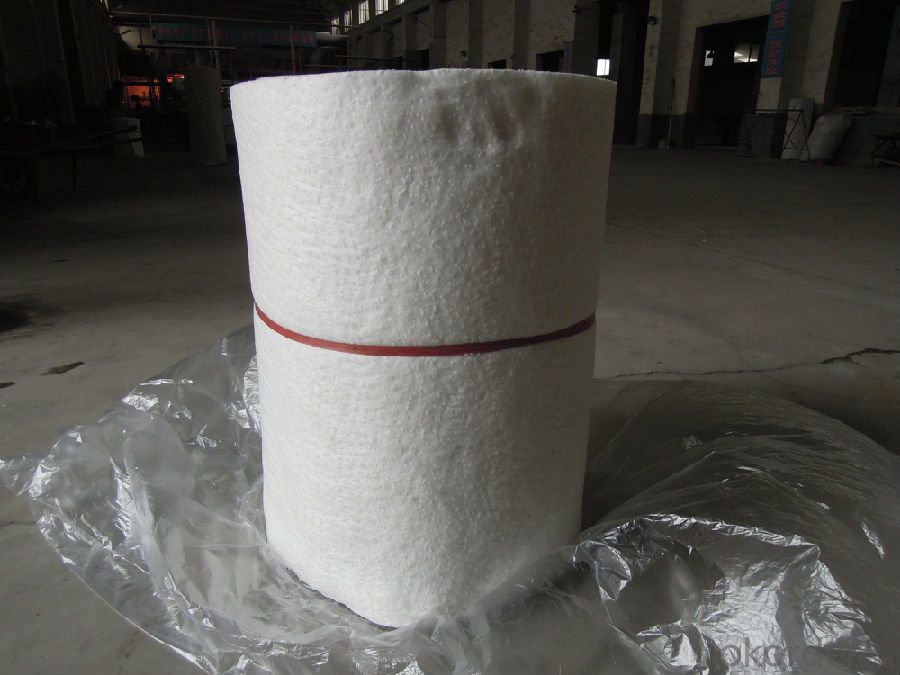
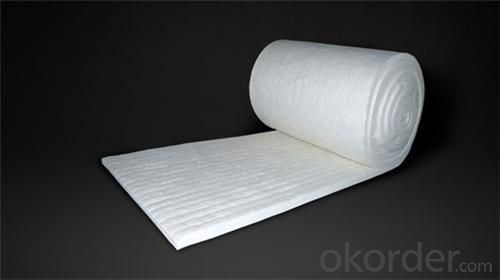
- Q: What kind of glass wool is used for most buildings?
- Ask the dealer for product descriptions, and you can search its specifications and parameters and then design based on the performance specifications of specific products. I suggest you first determine which brand of thermal insulation cotton to use, or check if the number is in the tolerance range of national standards of the manufacturers, of course, it is a relatively wide range. I recommend Owens Corning ultrafine glass fiber insulation cotton.
- Q: Whether the combustion performance of glass wool blanket can reach A grade
- Yes, it is A grade
- Q: What is the thermal insulation material of glass wool?
- It is a cotton-like material which has advantages of low thermal conductivity, chemical stability, good sound absorption. The glass wool is an inorganic fiber which has a excellent welding performance. Glass wool which is a man-made inorganic fiber fiberizes melten glass, it is a insulation material that has advantages of corrosion resistance, thermal insulation and small bulk density. I tell you that it belongs to glass in terms of chemical composition: The thermal insulation material, glass wool belongs to glass fiber.
- Q: What are the differences between glass asbestos and glass?reinforced?plastics?
- Asbestos also known as "mountain cloth" is a commercial term that refers to silicate mineral products with high tensile strength, high flexibility, heat resistance, and chemical corrosion, electrical insulation as well as spinnability. It is the general term of natural fibrous silicate minerals. It includes two categories, a total of six kinds of minerals(serpentine asbestos, hornblende asbestos, actinolite asbestos, antholite asbestos, amosite asbestos, tremolite asbestos, etc.) Asbestos are made of fiber bundles, while fiber bundles are composed of long and narrow fibers which can be separated from each other. Asbestos, with properties of highly fire resistance, electrical insulation and thermal insulation, are important fireproofing, electrical insulation and thermal insulation materials. Glass?reinforced?plastics(FRP) also known as GRP, are fiber-reinforced plastics which generally refers to the matrix of glass fiber reinforced unsaturated polyester, epoxy resin and phenolic resin. Reinforced plastics, with glass fiber or its products as reinforced materials, refer to glass fibre reinforced plastics or glass?reinforced?plastics. Due to the different varieties of resin, there are polyester glass?reinforced?plastics, epoxy glass?reinforced?plastics, and phenolic aldehyde glass?reinforced?plastics. They are light and rigid, non-conducting, and corrosion-resistant. They have high mechanical strength, low recycling rate. Machine parts, cars and Ship hulls made of steel can be replaced by them.
- Q: Which one is more enviroment friendly, glass wool mat or rock wool sound insulating block?
- At present, low-carbon and environmental protection is widely promoted and glass wool is definitely more environment friendly than rock wool.
- Q: Does the glass wool can be the grapes thermal insulation in winter?
- this can be the experience talk after using it. 3, or capable of burning: the glass wool you chose is A-grade material, or the A grade insulation material have this kind of glass wool as you said. 2, seedling growth conditions, thermal insulation is whether hot or cold insulation. this non-combustible material has national standard, if you want to use for external walls, you also observed carefully, but the performance of rock wool thermal insulation is poor, and there is a kind of basalt rock wool, it also have the fire side, that is non-flammable, of course, it at least 5 cm or more. Of course, you have to roast on the fire, this is pretty troubling: I suggest that if there winter is quite cold, the designing institute will issue relevant documents to work out the number of glass wool from the market point of view: As the thickness, you have to consider in all round, so your choice is the right one.
- Q: What is the difference between red glass wool and yellow glass wool in terms of technical parameters?
- Thermal insulation properties: Red yellow glass VS Yellow glass wool. Thermal conductivity (K): below 0.039 VS over 0.044; Resilience: good VS poor. Distribution: even VS uneven. Irritation: non-irritating VS irritating and cause itching of skin. Dust: without dust VS with dust. Shot content: zero VS non-zero. Red glass wool is an environmental-friendly material.
- Q: What is the density of high-temperature glass wool ?
- Sound absorption characteristics of glass wool depends on its thickness and density as well as overlay of pavement materials and structure. When applied to practical situations, we should also take into consideration of the cost, appearance, fireproof property, moistureproof, dust, anti-aging.
- Q: What is the difference between glass wool and rock wool?
- Product performance is different.Glass wool is less bulky than rock wool, low slag content, low thermal conductivity, long service life, high fiber toughness, but the maximum use of rock wool temperature of up to 600 degrees Celsius, glass wool is only about 260 degrees Celsius
- Q: What are the standards of glass wool board?
- The national standard of rock wool board for exterior wall in construction is GB / T25975-2010, rock wool board for curtain walls in construction is GB / T25975-2005, and industrial rock wool board is GB / T11835-2007. The above-mentioned criteria are the standards of using rock wool products in various industries! Rock wool board is specifically designed and produced for exterior thermal insulation thin plastering system. It can be applied to the cosntruction of concrete or brick based buildings or thermal insulation or energy-saving of the exterior walls of he existing buildings; Wherein rock wool belt for thermal insulation of exterior walls can also serves as fire buffer zone and it can be used with thermal insulation material whose combustion performance is below A level to improve the fireproof function of the exterior walls of the building.
Send your message to us
Glass Wool Alumina Silicate Insulation Ceramic Fiber Blanket
- Loading Port:
- China main port
- Payment Terms:
- TT OR LC
- Min Order Qty:
- 100 roll
- Supply Capability:
- 5000 roll/month
OKorder Service Pledge
OKorder Financial Service
Similar products
Hot products
Hot Searches
Related keywords
